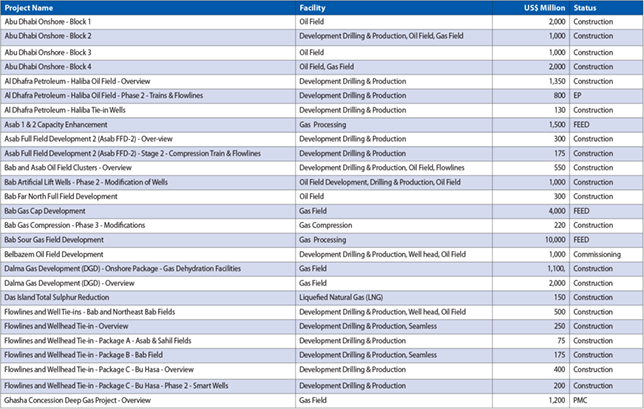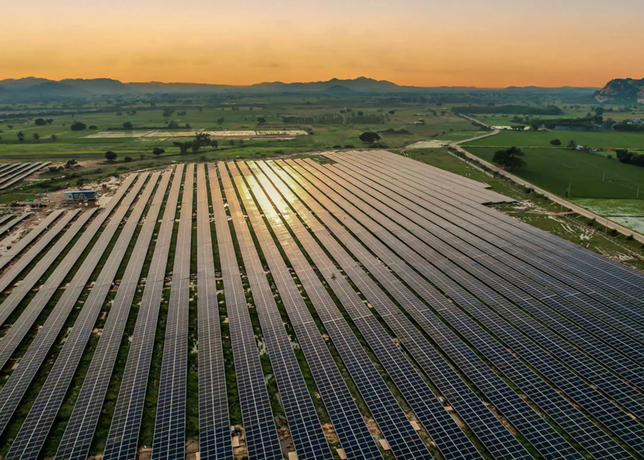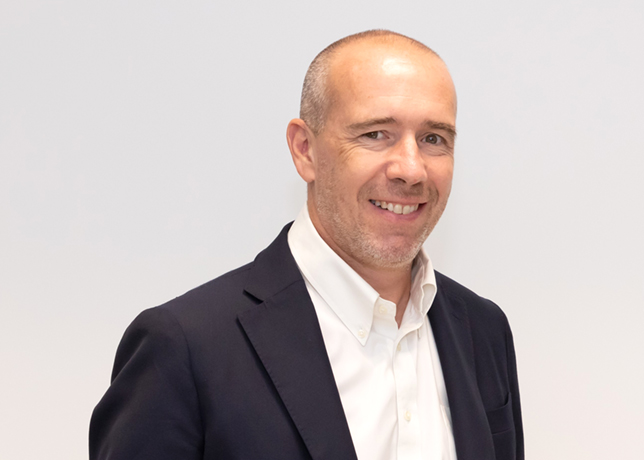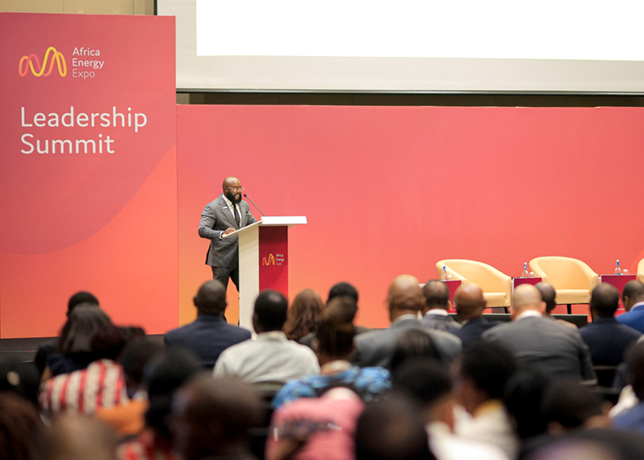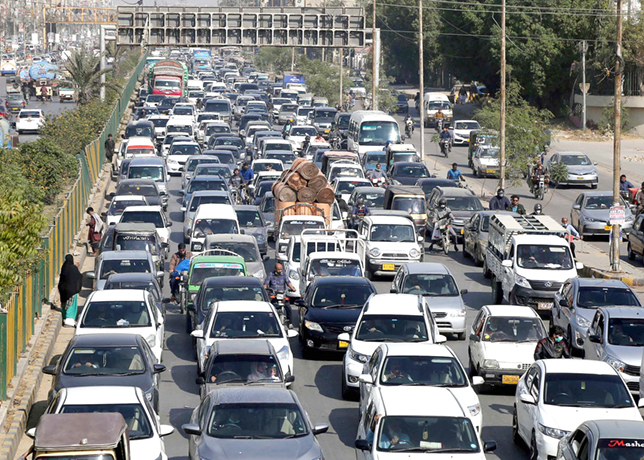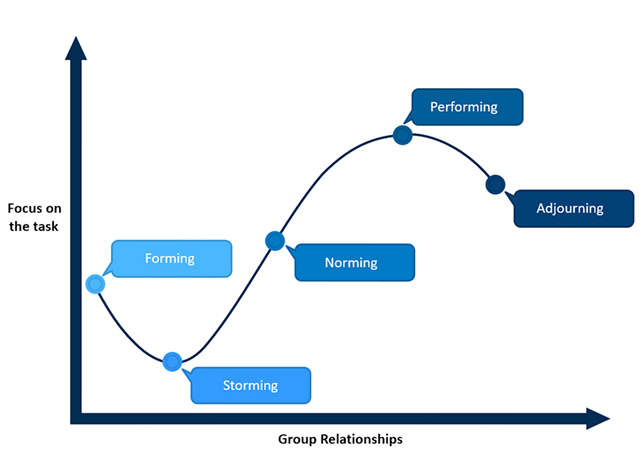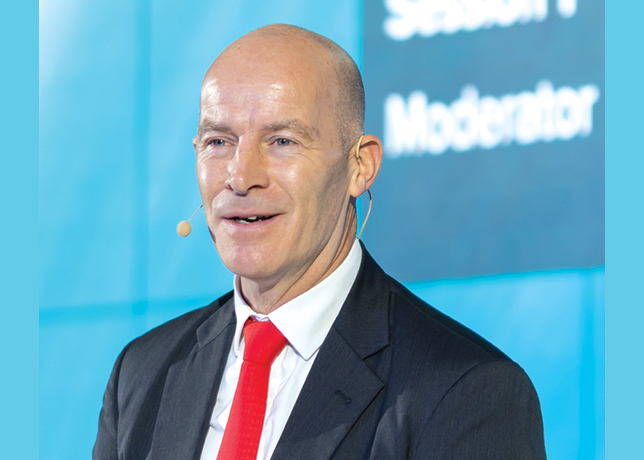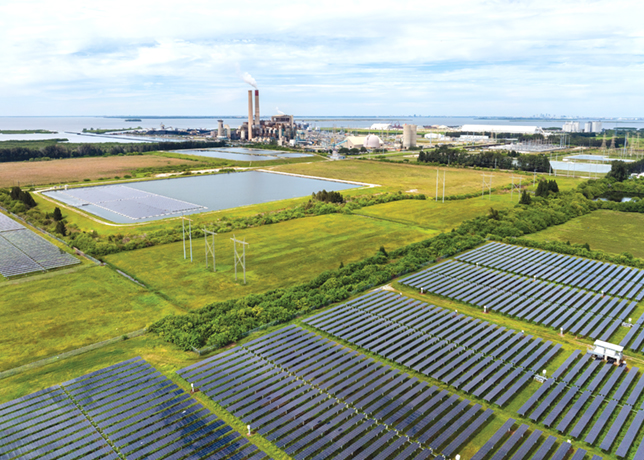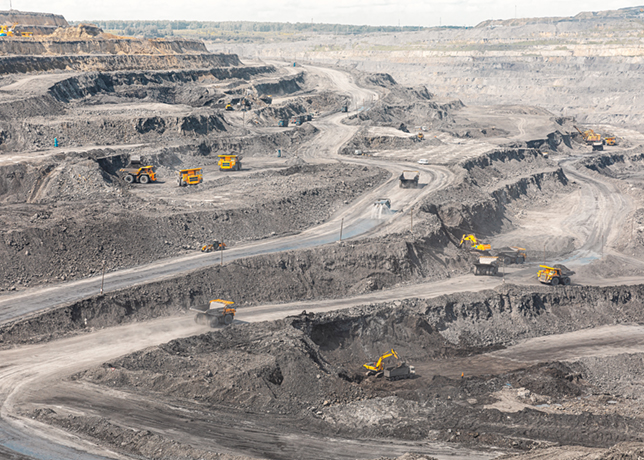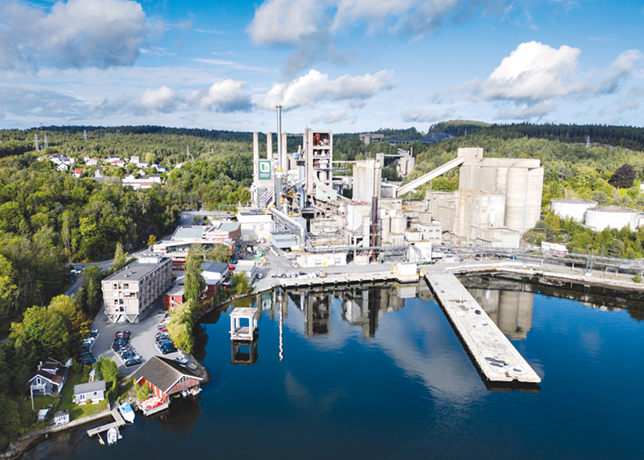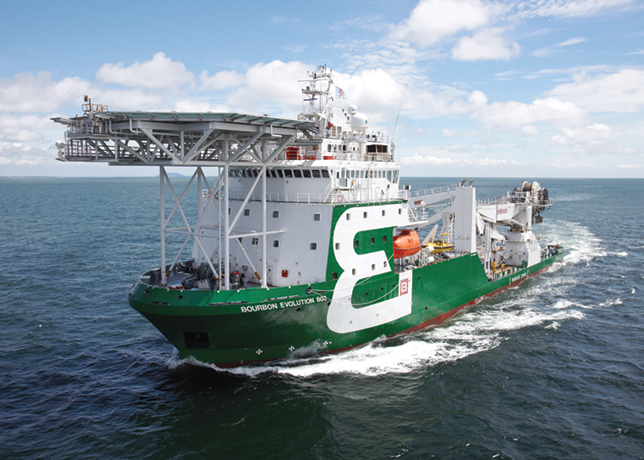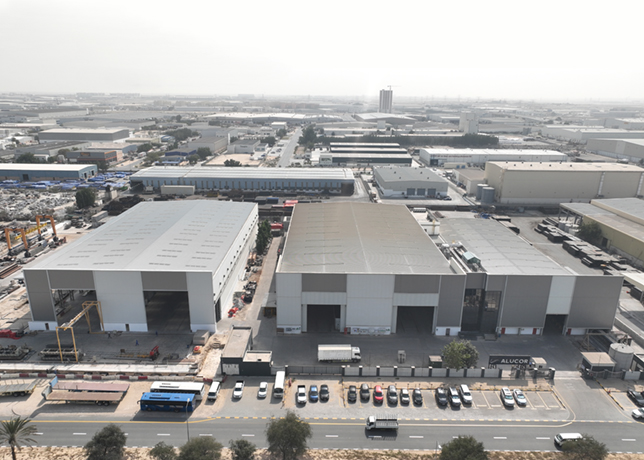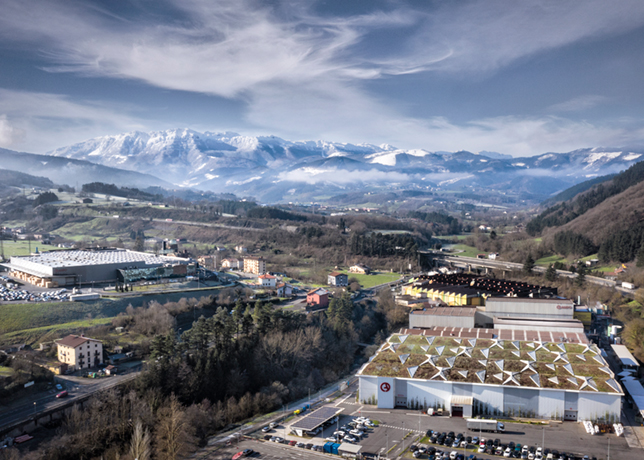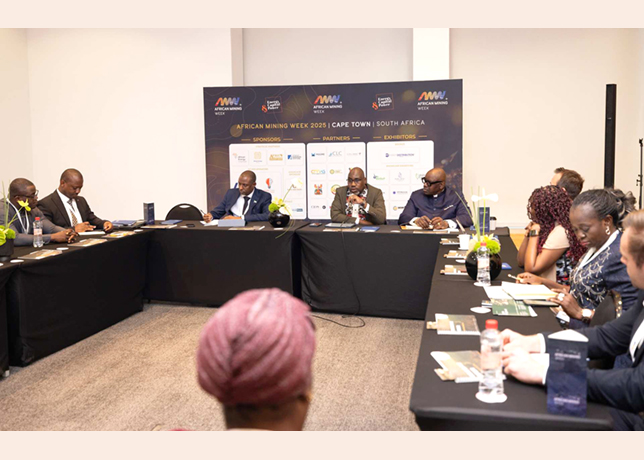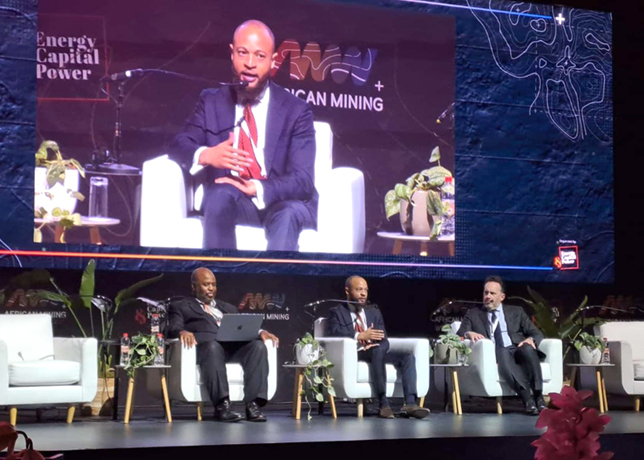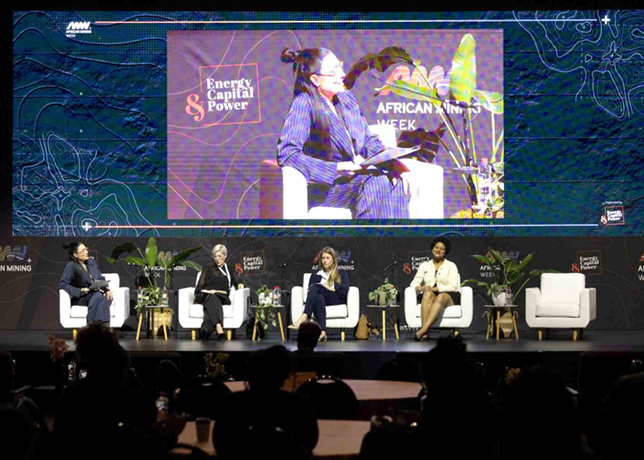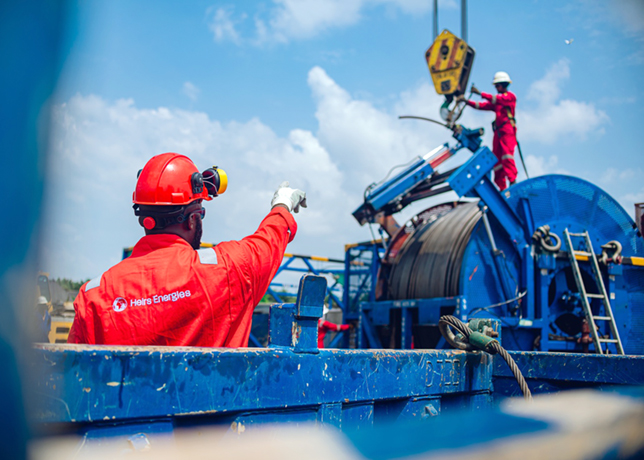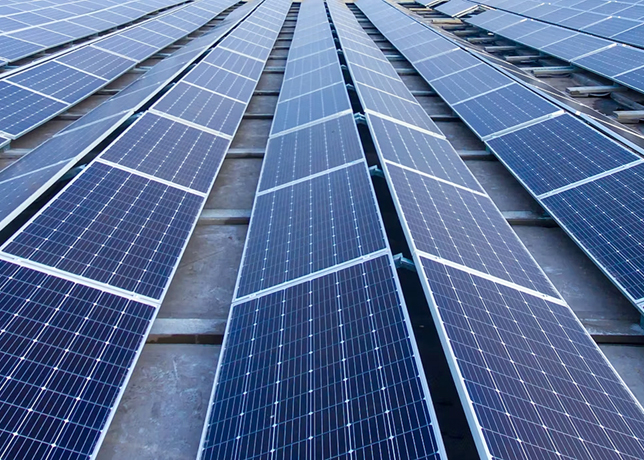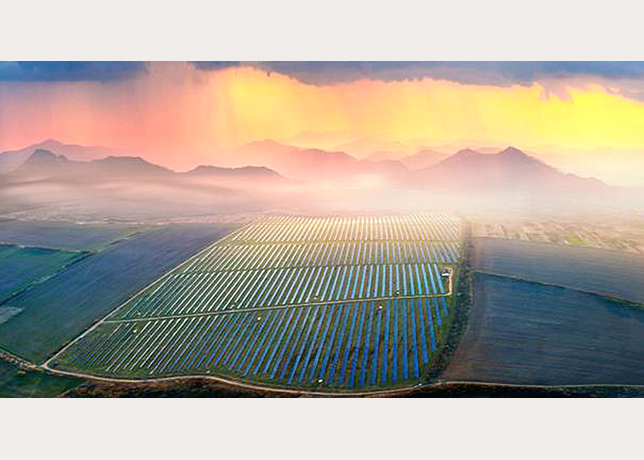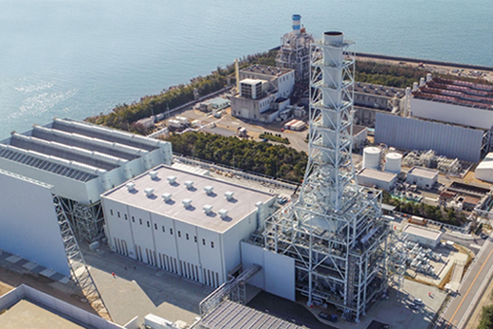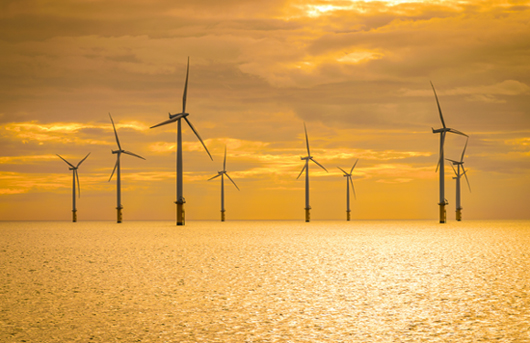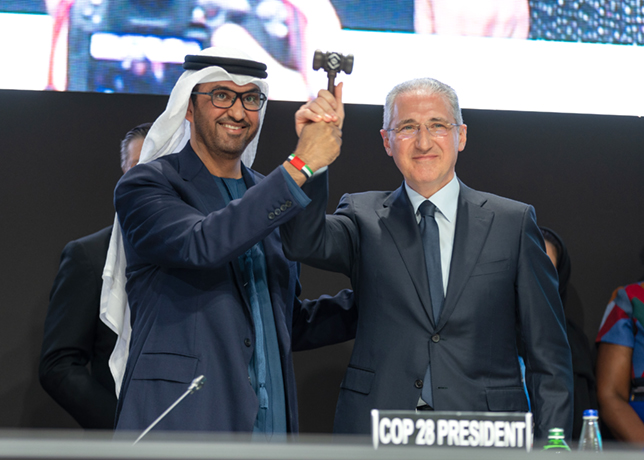
 Mukhtar Babayev, President for COP29, right, and Dr Sultan Al Jaber, in Baku, Azerbaijan
Mukhtar Babayev, President for COP29, right, and Dr Sultan Al Jaber, in Baku, Azerbaijan
As Brazil readies for COP30, global climate ambitions face their sternest test yet; strained finances, fractured politics, and waning trust threaten to derail the fragile momentum built since the Paris Agreement
In the shadow of the Amazon rainforest, Belem braces for COP30’s arrival in November 2025, where renewed pledges on finance and forests must navigate bureaucratic snarls and policy reversals to salvage COP29’s fragile gains amid escalating climate perils.
Brazil is racing to host the 30th United Nations Climate Change Conference, or Conference of the Parties of the UNFCCC, more commonly known as COP30, from November 10-21, 2025.
This summit, the first in South America, thrusts the Amazon’s beleaguered ecosystems into the global spotlight.
Yet, with construction sites still buzzing and hotel prices soaring, whispers of fiasco echo through diplomatic corridors.
World leaders, scientists, and activists—up to 40,000 strong—will converge on this riverside city, testing multilateralism’s mettle a decade after the Paris Agreement.
Brazil’s presidency, under diplomat Andre Correa do Lago, promises innovation: Thematic days linking talks to real-world fixes, from energy transitions to social equity.
Lula da Silva, Brazil’s President, has even invited Pope Leo XIV to enforce the idea that the agenda feels heavier than ever.
Last month, the pontiff spoke out against critics of global warming, and said: "Some have chosen to deride the increasingly evident signs of climate change, to ridicule those who speak of global warming, and even to blame the poor for the very thing that affects them the most."
The Pope’s presence could amplify calls for climate justice, echoing his encyclicals on poverty and planetary care.
IRONY OF BUILDING FROM SCRATCH FOR COP30
 |
Dr Sultan Al Jaber, President for COP28, on the last day of the event in Dubai |
The decision to build a new conference centre from scratch for COP30 is steeped in irony.
Constructing a sprawling new facility often involves vast amounts of concrete, steel, and energy-intensive processes, and generates significant greenhouse gas emissions.
It is precisely the kind of environmental impact COP aims to mitigate.
Moreover, the irony deepens when considering the temporary nature of such centres. Such scepticism underscores a deeper malaise.
Ailton Krenak, the indigenous philosopher, warned in Folha de S Paulo that corporate myths are infiltrating global institutions, turning COP30 into a stage for "imposed doctrines" rather than genuine dialogue.
Meanwhile, Brazil’s own race against time reveals bureaucratic knots.
Federal decrees clash with state-level permits, delaying security clearances and visa processing for the expected 7,000 UN officials.
The COP30 Business and Finance Forum, convened by Bloomberg Philanthropies in Sao Paulo from November 3 to 5, gathered CEOs and policymakers to turbocharge sustainable investment.
Tarciana Medeiros, President of Banco do Brasil, touted in Newsweek her bank’s push for Amazon conservation financing, blending public funds with private capital to shield tropical forests.
This aligns with Brazil’s centrepiece: The Tropical Forests Forever Facility, a $125 billion fund launching in 2026 to reward preservation in the Amazon and beyond.
Prince William’s commitment to a pre-COP summit signals Britain’s resolve, even as advanced economies hedge amid US uncertainties.
COP29’S SHADOW LINGERS ON
That Baku gathering last November yielded a new collective quantified goal: At least, $300 billion annually by 2035 in climate finance for developing nations, up from the moribund $100 billion pledge.
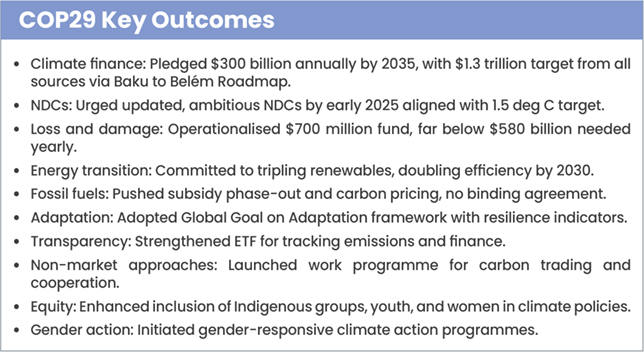 |
The Baku-to-Belem Roadmap, unveiled in October, charts a path to $1.3 trillion yearly by mobilising private and multilateral sources. Yet, implementation stutters.
The World Resources Institute noted in a December 2024 review that only 15 per cent of pledges have materialised, with transparency frameworks mired in reporting disputes.
Loss and damage funding, operationalised with $700 million, covers a fraction of the $580 billion annual needs projected by 2030.
Developing countries, from India to small island states, fume at the gap.
Bhupender Yadav, India’s Environment Minister, in pre-COP talks in Brazil last month, demanded "grant-based" finance over loans that burden the Global South, as reported by the Times of India.
COP29’s vow to triple renewable capacity and double efficiency by 2030 has spurred $500 billion in commitments, per UNEP Finance Initiative’s October stocktake.
But fossil fuel subsidy phase-outs remain aspirational, with G20 nations spending $1.3 trillion last year on handouts.
The Enhanced Transparency Framework, beefed up in Baku, now mandates biennial emissions reports, yet bureaucratic inertia hampers compliance.
A February 2025 UNFCCC intersessional in Bonn dissected these shortfalls, urging accelerated national adaptation plans before Belem’s deadline.
The Global Goal on Adaptation framework, adopted at COP29, sets indicators for resilience in vulnerable sectors like agriculture and water.
Yet, as floods ravage Pakistan and droughts scorch the Sahel, funding trails. Just $28 billion flowed in 2023 against $212 billion needed.
Non-market approaches for carbon trading gained a work programme, but interoperability snags persist across borders.
Indigenous voices, amplified in Baku via gender-responsive pledges, demand veto power over forest deals, a non-starter for some agribusiness lobbies.
Youth and women’s inclusion surged, with 30 per cent of side events now dedicated to just transitions.
Still, geopolitical fissures widen.
The US, under President Trump’s April 2025 executive order "Protecting American Energy from State Overreach," now litigates local climate laws, per Columbia Law School analysis.
This tees up Supreme Court battles, eroding domestic pillars like the Inflation Reduction Act’s clean energy subsidies.
Harvard’s Environmental Law Programme warned in May that five core US climate tenets—international engagement, regulation, industrial policy, science funding, and private sector roles—face "systemic threats."
A July Department of Energy report, contested by EPA officials for procedural flaws as per Politico, downplayed US actions’ global impact as "undetectably small".
Project 2025 blueprints, leaked via business intelligence platforms like Bloomberg terminals, advocate US withdrawal from UNFCCC protocols, jeopardising Belem’s momentum.
OECD’s Regulatory Policy Outlook 2025, released in April, flags persistent hurdles. Over 60 per cent of environmental rules snag on impact assessments and stakeholder consultations.
In Europe, the EU’s Green Deal stalls on nitrogen caps, with Dutch farmers protesting bureaucratic overreach.
China’s dual-carbon goals advance via state dirigisme, but opacity breeds distrust among partners.
MIT’s Centre for Energy and Environmental Policy Research posits 2025 as a "crucial inflection" for US reforms, with tax expirations looming sans bipartisan buy-in.
Climate inaction, per a Global Environmental Change journal piece, now rivals emissions as sustainable development’s gravest foe.
BUREAUCRATIC CONSTRAINTS COMPOUND
In Brazil, environmental licensing for COP30 venues tangled in Ibama reviews, delaying solar installations meant to green the summit.
Globally, visa backlogs for southern delegates risk underrepresentation.
Secure servers at the International Institute for Sustainable Development reveal private funders quietly scaling back, citing "regulatory fatigue" in an October memo.
Forums like LinkedIn’s climate groups buzz with insider gripes: one Deloitte executive leaked that 40 per cent of corporate net-zero plans falter on compliance audits.
India’s pre-COP huddle highlighted adaptation finance as a flashpoint, with Yadav insisting on $500 billion yearly or risk walkouts.
The Maldives’ tourism minister, in a bilateral with Britain’s envoy last month, stressed biodiversity corridors linking COP30 to small-state survival.
Yet, hope persists in niches.
Bloomberg’s October 2025 analysis outlines six success vectors for Belem: Binding NDC ratchets, private finance multipliers, indigenous co-governance, tech transfer hubs, resilience metrics, and accountability pacts.
As Belem’s mangroves whisper warnings, COP30 arrives not as panacea, but proving ground.
Updated nationally determined contributions, due imminently, must slash emissions 43 per cent by 2030 to hold 1.5 deg C.
Brazil eyes 59-67 per cent cuts by 2035, leveraging biofuels and reforestation.
But enforcement? That’s the rub.
BY Abdulaziz Khattak



